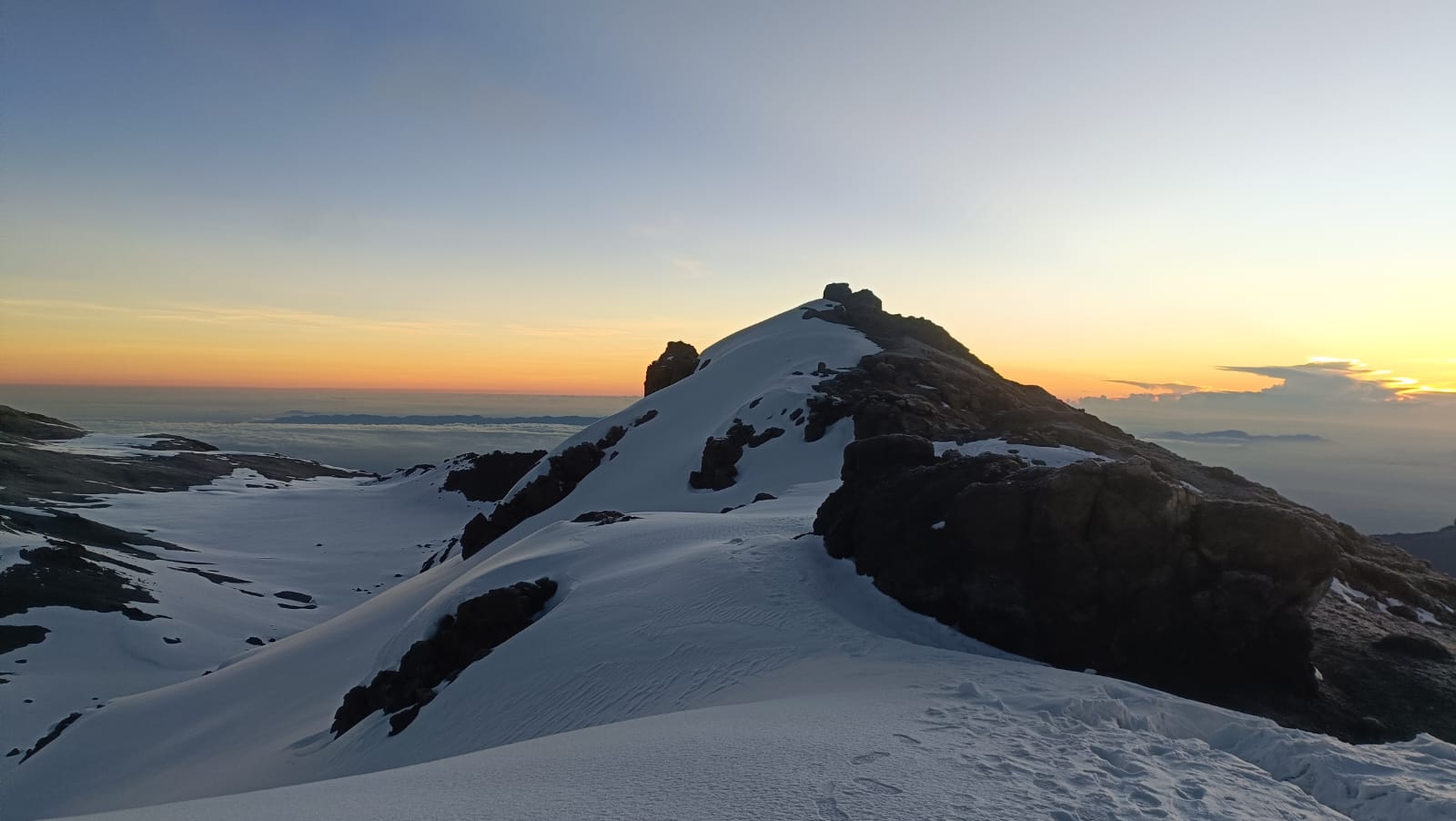
Kilimanjaro Acclimatization Tips
Kilimanjaro Acclimatization Tips: How to Avoid Altitude Sickness and Summit Safely
When climbing Mount Kilimanjaro, one of the biggest challenges isn’t the terrain—it’s the altitude.
At 5,895 meters (19,341 feet), the air becomes thinner, and oxygen levels drop. That’s why acclimatization is key to a safe, successful summit.
At Ahambi Tours, we’ve guided hundreds of climbers to the Roof of Africa. In this blog, we share essential Kilimanjaro acclimatization tips to help you avoid altitude sickness and reach the summit with confidence.
What Is Acclimatization?
Acclimatization is your body’s way of adjusting to thinner air at higher altitudes. As you climb, oxygen levels decrease. Without enough time to adapt, you may develop Acute Mountain Sickness (AMS).
Common symptoms of AMS:
- Headaches
- Nausea
- Dizziness
- Fatigue
- Poor sleep
If untreated, it can become serious—and may require immediate descent.
Why Acclimatization Is So Important on Kilimanjaro
Unlike other treks, Kilimanjaro takes you from rainforest to arctic summit in just a few days. The rapid elevation gain makes proper acclimatization one of the most important parts of a successful Kilimanjaro climb.
At Ahambi Tours, our routes and pace are specifically designed to help your body adjust—but what you do also matters.
Top Kilimanjaro Acclimatization Tips
-
Choose a Longer Route
Longer routes give your body more time to adapt gradually.
Recommended routes:
- Lemosho Route (7–8 days)
- Machame Route (7 days)
- Northern Circuit Route (8–9 days)
These offer higher summit success rates and lower risk of altitude sickness.
-
Climb High, Sleep Low
This classic high-altitude rule means you ascend during the day, then descend slightly to sleep. It helps your body acclimatize safely.
At Ahambi Tours, our itineraries include “climb high, sleep low” days to improve your adjustment.
-
Go “Pole Pole” – Slowly, Slowly
In Swahili, “pole pole” means slowly—and it’s the mantra of Kilimanjaro guides.
Going slowly helps:
- Your body take in more oxygen
- Conserve energy
- Reduce the risk of AMS
Our expert guides will set the right pace for your success.
-
Stay Hydrated
Dehydration can worsen altitude symptoms. Drink 3 to 4 liters of water daily and consider electrolyte supplements for better hydration.
-
Eat Even When You’re Not Hungry
Loss of appetite is common at high altitudes, but your body needs fuel.
Ahambi Tours provides:
- Warm soups and full meals
- Energy-rich snacks
- Balanced nutrition at every camp
Eat regularly—even small amounts—to support acclimatization.
-
Consider Acetazolamide (Diamox)
Diamox is a medication that can help speed up acclimatization by promoting deeper breathing.
- Start 1 day before your trek
- Only take under medical supervision
Always consult your doctor before using Diamox or any altitude-related medication.
-
Listen to Your Body and Talk to Your Guide
At Ahambi Tours, your safety comes first. Our mountain guides are:
- Trained in altitude first aid
- Equipped with pulse oximeters
- Ready to act quickly if symptoms appear
Always report how you’re feeling—early signs of AMS can be managed before they become serious.
Additional Kilimanjaro Altitude Tips
- Avoid alcohol and caffeine during the trek
- Pace yourself—don’t rush to camp
- Rest well and stretch daily
- Use layering to stay warm without overheating
Why Climb Kilimanjaro with Ahambi Tours?
When you choose Ahambi Tours, you get more than a guide—you get a summit partner who understands the mountain.
Our acclimatization-focused approach includes:
- Experienced guides trained in high-altitude safety
- Route planning for gradual elevation gain
- Daily health monitoring with pulse oximeters
- Quality meals, hydration support, and flexible pacing
- Emergency oxygen and responsive decision-making
We don’t just take you to the top—we make sure you get there safely and successfully.
Climb Higher. Acclimatize Smarter. Summit Strong.
Mount Kilimanjaro isn’t just a hike—it’s a high-altitude journey. With the right preparation and the support of Ahambi Tours, you can conquer it with confidence.
Book Your Kilimanjaro Trek with Ahambi Tours
Let’s plan your safe and successful Kilimanjaro climb—together.
Visit: Climbing Kilimanjaro Email: info@ahambitours.co.ke WhatsApp: +254 725 727167
Reach the summit of Kilimanjaro the smart way—with Ahambi Tours.
